Dave Gahan of Depeche Mode: An Inside Look at His Very Personal Studio
New York City and rock stars were made for each other.
Wherever in the world these musical success stories – and we’re talking the multi-multi-multi-multi platinum variety here – come from, NYC still has the power to go from tour stop to adopted hometown for waves of them.
Rock stars move to NYC not to stand out, but to get swallowed up among the teeming millions. But they also continue to create — and with the well-deserved financial windfall that often comes with recording global smash hits, they can take personalized approaches to their creative spaces.
Today’s case in point: Dave Gahan, whose unmistakable voice has been central to the sound of Depeche Mode since that landmark band bowed in 1980. A group with an unmatched ability to produce timeless electronic dance music, Depeche Mode’s shockingly original songs are permeated with intellectual depth, elegance, and artistic devotion.
Little wonder this is one of the most successful bands of all time. They can claim over 100 million in record sales, and their members have collectively faced 30 million audience members in concert – thanks to a parade of huge hit singles including “Enjoy the Silence”, “Just Can’t Get Enough,” and “People are People”.
The band’s 13th album is on the way now, due for release coincident with a tour in 2013. And expectations will be high. Dave Gahan, Martin Gore, and Andy Fletcher earned a GRAMMY nomination for their last album, 2009’s Sounds of the Universe. While his Depeche Mode bandmates transfix with their musicianship on that engrossing record, Gahan’s voice comes through with increased agility – wiser while still somehow sounding younger and more athletic.
Even more recently, Gahan got a turn as lead vocalist for the famed production duo of Rich Machin and Ian Glover AKA Soulsavers. Their just-released collaboration, The Light the Dead See hears Gahan’s vocals grow even more cinematic in scope, in emotionally massive songs like “Gone Too Far” and “Bitterman”. The thought that Gahan could come completely uncaged on the next Depeche Mode album is tantalizing.
Personal Studio, Personal Choice
Gahan has acquired a beautiful vehicle for getting there via his innovative private studio here in New York City. Built into a residential apartment separate from his own home, Studio Blanco has been constructed with a clear mission: capture one of modern music’s most iconic voices.
The pilot flying this plane is Kurt Uenala. A Swiss-born engineer/producer with sharp engineering skills, deep production experience, programming and songwriting abilities, and an amiable personality, Uenala is a versatile presence at Studio Blanco, helping Gahan to get where he wants to go – as quickly and easily as possible.
Even though Gahan can – and does – make ample use of NYC’s world-class suite of commercial recording studios, Uenala points out that a personal facility is essential for an artist on this level to write, demo new tracks, and also record final vocals – as was done here for many of the Soulsavers and upcoming Depeche Mode songs.
“Money is not necessarily a big issue with successful bands, but still at $2500 a day in a commercial studio, you can’t be as experimental as you can be at home,” he says. “You can work at a personal studio any day and any time, and that can be a big part of the creative process. The mindset becomes, ‘We arranged and finished a song a certain way, but can redo it from scratch if we feel like exploring further.’
“The end result is better than a big room with all of the drama gear. We can book a studio like that for a month, but when that time is up, Beyonce is coming in – so you have to go. At that point money doesn’t help: It’s booked. Not having a deadline is wonderful, and so is knowing the room in and out.”
An Unusual Recording Home
“The room”, in this case, is a personal studio operating on a high very level. The obvious centerpiece of the sun-kissed residential space is a space-age white hut which occupies a large portion of the main living room, without engulfing it – plenty of space remains in the room and the rest of the apartment to provide headroom for writing and relaxing.
The acoustically isolated structure is made by the Barcelona-based company Studio Bricks. A “self-assembly cabin system” that can be constructed by one person in a short amount of time with minimal tools, Studio Bricks are acoustic solutions made specifically with artists, engineers and producers in mind.
According to Uenala, Studio Blanco’s big white box represents the first Studio Bricks deployment in the US. “They’re modules that are really Legos – they snap into each other, but they’re made of sandwich wood and rubber,” he notes. “It’s been here since September, and it really works sonically and in terms of providing acoustic isolation. It reigns in the sound not just of the vocals being recorded, but also of productions and mixes – we have to be able to turn it up.
“I’ve got to admit that first and foremost I fell for the look – it’s beautiful. This is a very beautiful apartment, and whatever we do has to look good. That was maybe more my prerequisite, because I thought it would be really sad to put a carpeted wooden room in here.”
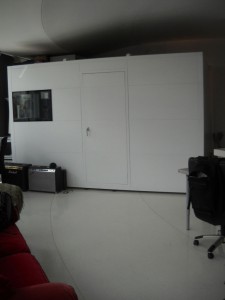
The acoustically isloated Studio Bricks structure keeps Blanco Studios in harmony with the neighbors. (Click to enlarge)
Inside the Studio Bricks structure — which also stands as one of the largest ever designed — are Vicoustics foam and wood treatments that can be easily mounted and moved around. “The wooden panels are like variable acoustics,” Uenala explains. “Using foam only is a little too dead for vocals, but its cool for disco drums. When you add wood, there’s a little bit of reflection that sounds natural.
“We didn’t think this solution would work for final vocal tracking, but it turned out that it is. In this day and age, with the gear you don’t need a huge room to do vocals, guitars or synths. There’s even an isolation box – a speaker cabinet in a flight case – so if we ever send something through amps we can mic it, but its not going to bother the neighbors. We have everything we need right here.”
How to Capture a Master Vocalist
Uenala left his native Aadorf, Switzerland to attend the Berklee College of Music, then finally landed in NYC in the year 2000. His production and remix credits have expanded nicely in that time, with the likes of Erasure, Moby, the Raveonettes, Yelle, Nellie McKay and Soulsavers in his portfolio, along with his Kap10kurt electronic solo project.
He got the chance to work on a demo session for Dave Gahan a few years ago, and the two have been a steady recording team ever since. “I work pretty quickly,” says Uenala. “He takes risks as a singer, and we do a lot of takes. I comp it later, and the beautiful thing is that he trusts me enough to not be breathing down my neck when comping. He knows I edit for emotional content and performance, rather than perfection – I’d rather hear a squeak than perfect pitch because it’s vulnerable. I listen for the struggle and suffering, which of course fits Depeche Mode’s music.
“When I’m recording David, I’m trying to capture his personality, mainly. He’s like an actor. He really goes for it: His arms are in the air, and he has to take jewelry off because it’s too loud. There’s this untamable energy, with his voice breaking up. I really want to not lose those things when he performs.”
Producer Ben Hillier (Blur, Doves) remains in the fold for the 13th album after helming Depeche Mode’s Playing the Angel (2005) and Sounds of the Universe. The vocal tracks that Uenala has been recording are captured via a signal path that often consists of a Shure SM7 going through a BAE 1073. However, by recommendation of Hillier, a recently acquired LaChapell Audio mic preamp may start to get the lion’s share of the takes.
“The LaChapell with the SM7 is beautiful,” Uenala says. “It sounds really warm, like there’s a compressor on it already. It’s very buttery. You can abuse it more, but it’s very forgiving. Dave is very dynamic, he works a lot with mic technique – getting away and coming closer – but with this mic pre we don’t have to do that as much.”
Into the Matrix
The hub of operations in Gahan’s surprisingly comfortable and spacious sonic shelter is an SSL Matrix, a SuperAnalogue 16-channel, 40-input mixing console that features a built-in signal router and multi-layer digital workstation control. Similarly, Gore and Hillier are both working on SSL Matrixes, helping to achieve maximum workflow efficiency as the next Depeche Mode album is made.
“The Matrix is a great controller for Pro Tools and Logic,” observes Uenala. “I really love the monitoring section, because I do a lot of A-Bing, and it’s very easy to switch back and forth between different tracks. We’re monitoring through it, and we’re summing through it, and now that we’re working in 96 kHz I can see that it makes a big difference: The stereo image is so much more wide and majestic.
“I think the combination of recording in 96 kHz and always going through the Matrix – and not just summing in Channel 1 and 2 – really makes a difference. I also really like the Matrix Remote, which is like a virtual patch bay because it makes your hardware work like plugins. Everything is really logical in the way that it’s set up.”
Into the Outboard
Supplementing the SSL is a short list of preamps, dynamic, and effects. At Studio Blanco, vintage outboard is eschewed in favor of newer boxes such as the RV-1 Real Spring Reverb from Demeter Laboratories. “It sounds old and melancholic — everything you put through it will have a sad, dark flavor,” Uenala says. “I use it on vocals, and I send drum machines to it as well. When you flip the phase it gets really wide. It’s a really nice unit.”
A find in the effects selection is an Alesis Bitrman distortion box, a relatively inexpensive piece which Uenala discovered had a most surprising effect on his signal. “The Bitman has compression, bit/sample reduction and phase, but for some reason it also alters the stereo field nicely. It’s very strange. It makes a very nice, grungey sound, with some unexpected side effects.”
While a number of Uenala’s beloved analog pieces are currently shipped to a studio in LA or in repair, the bass of his Roland SH101 is within reach. And for drum programming, Uenala has found himself gravitating more and more frequently to the Native Instruments Maschine. “Maschine is very intuitive,” he says. “If you want to tune it down there’s no submenu, you just turn down the pitch knob. It’s very rewarding in that way, like a Jupiter synth. I love that.”
Throughout 2011’s process of equipping and building Gahan’s studio, Uenala worked closely with Alto Music NYC’s Shane Koss. In addition to building the Studio Bricks structure with the help of producer Jim Keller, Koss consulted on all phases of Studio Blanco’s creation. “To be able to go and turn the gear up in the privacy of a place like Alto NYC, and sit with someone who knows the equipment is a dream,” Uenala says.
Welcome to the Next Level
Arguably THE classic voice of electronic music, Dave Gahan may actually only now be hitting his stride, even after three+ decades of honing his art. Like so many before him, his chosen locale to raise his game is NYC – a city hosting a sophisticated group of elite home studios, which now counts Blanco among its number.
Blessed with sunlight and creature comforts, and blissfully free of the ticking clocks or short deadlines that can swallow up a song, David Gahan’s Studio Blanco is a well-earned creative oasis. And for the fortunate engineer, programmer and songwriter working at Gahan’s side, being in on the making of Depeche Mode’s next record is a nonstop learning experience.
“It’s great seeing how Ben Hillier and his engineer, Ferg Peterkin, work,” Kurt Uenala says. “Both of them have a raw attitude to gear and to music – they’re into overdriving things, and they’re not very cautious. Usually when it comes to equipment, people say, ‘It’s very expensive. It’s in the red. Be careful!’ But not in Ben and Ferg’s case. They don’t look: They just listen.”
— David Weiss
Experience the space in action on this Soulsavers SoundCloud set. Vocals for the songs “Longest Day,” “La Ribera,” and “Gone Too Far” were all recorded at Blanco Studio.







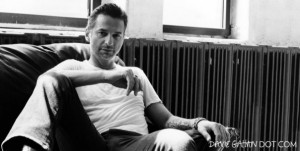
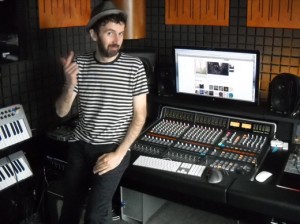
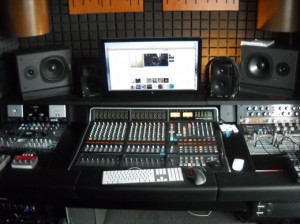
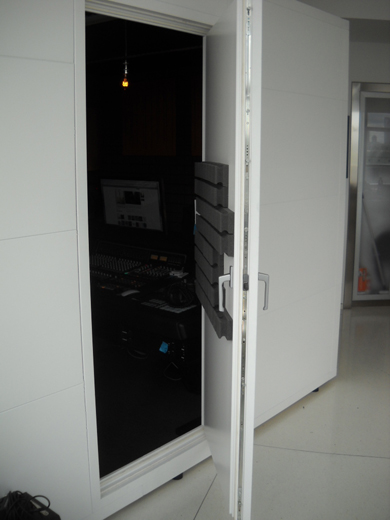
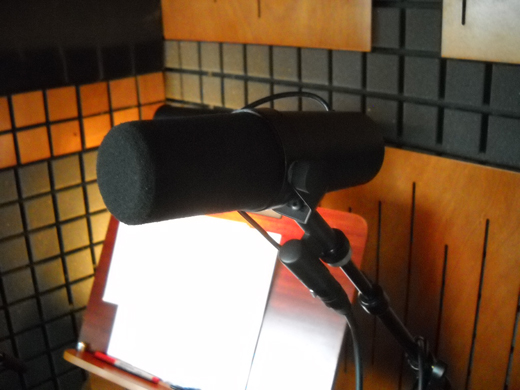
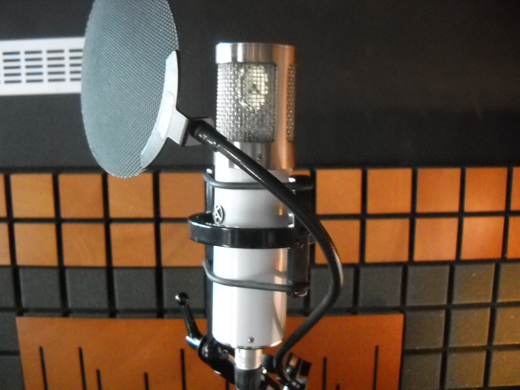
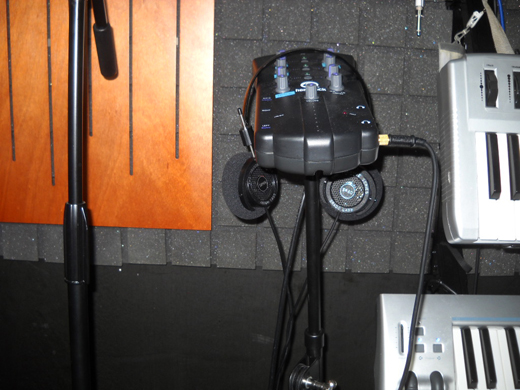
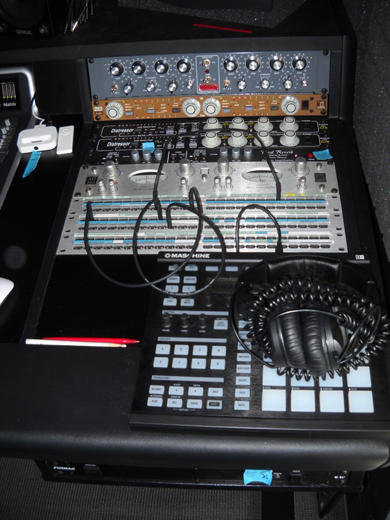
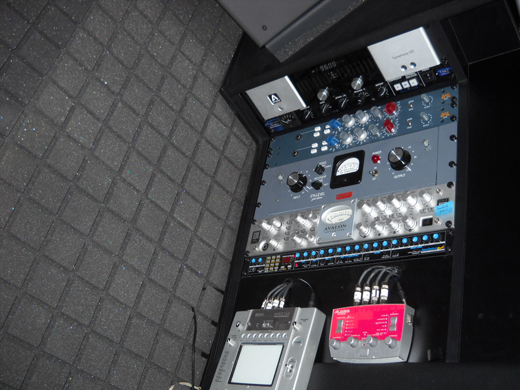
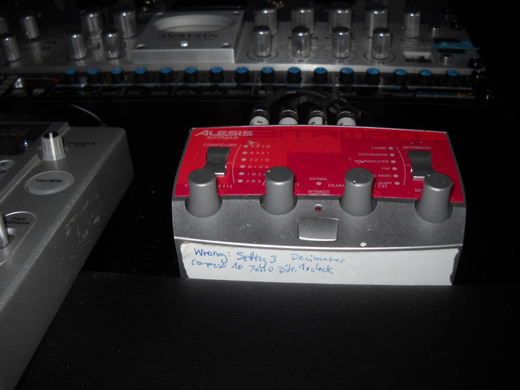
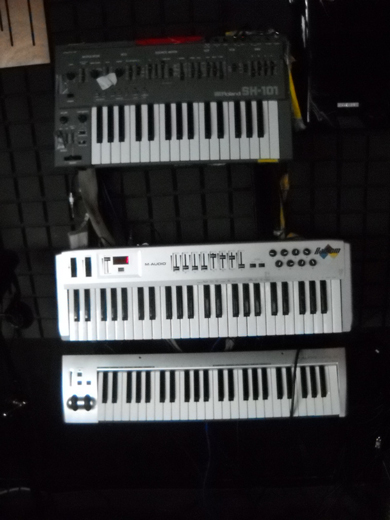
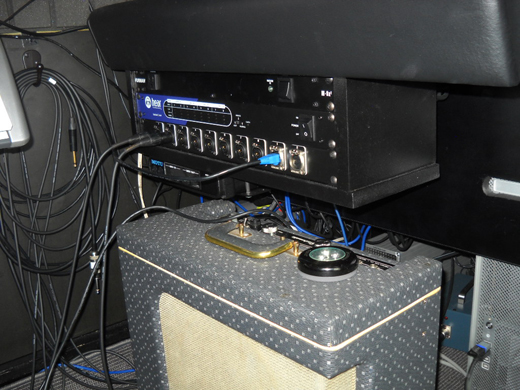
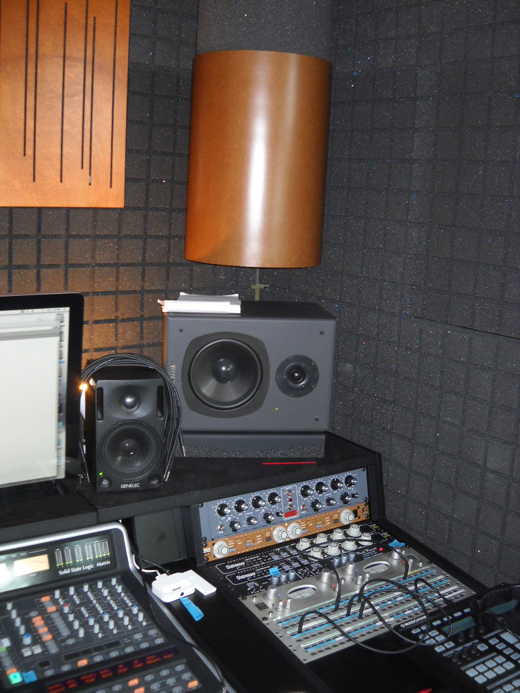
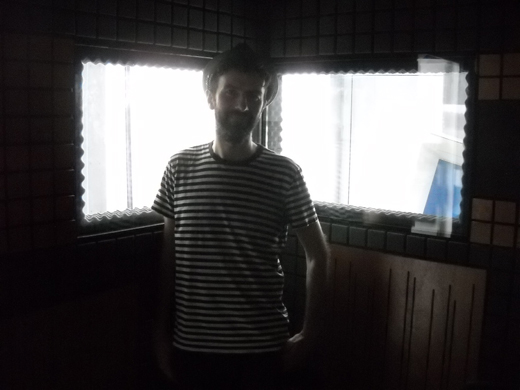
Mayo737
July 2, 2012 at 7:49 pm (12 years ago)I want 1 for my house. What an awesome concept.
Matthew Andrews
July 3, 2012 at 4:35 pm (12 years ago)uh oh from Ive read its gonna be another over driven compressed album, the red bit on the dials is to stop the final CD sounding like your trying to play music at 120db through a telephone
Jadson Junior
July 4, 2012 at 12:32 pm (12 years ago)totally awsome
Sleepy Dinosaur
July 5, 2012 at 12:29 am (12 years ago)Its a shame all that nice equipment, just to have some asshole smash it with a limiter.
Reggie
July 5, 2012 at 4:03 pm (12 years ago)Great article on the inner workings of tracking Dave’s vocals. My first time hearing of the LaChapell tube pre. It’s out of my range but maybe I can get similar warmth from a UA 2-610 pre or Groove Tubes SuPre (if I can find one).